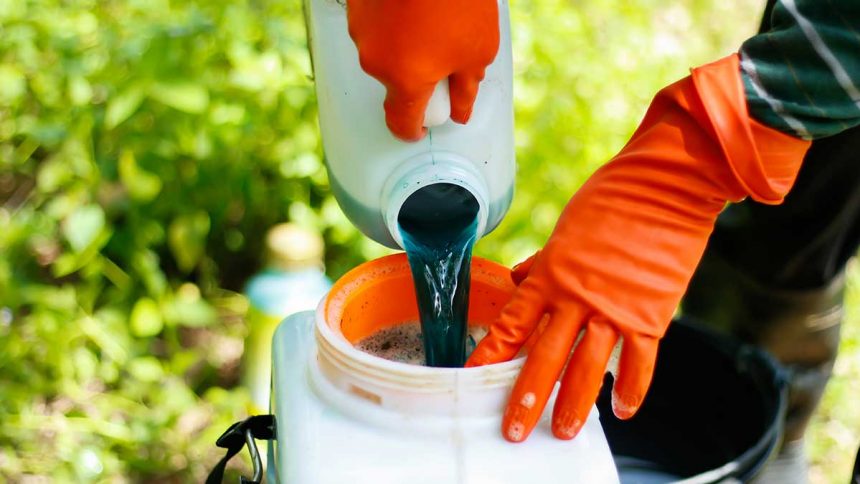Properly disposing of herbicide packaging and leftover product is crucial to minimizing environmental harm. Chemicals in herbicides, like glyphosate, can be hazardous if not handled correctly. Improper disposal can lead to contamination of soil, water, and wildlife. It’s important to follow local guidelines for disposal and check for drop-off options or take-back programs. Here is a list of herbicides to watch out for and some tips for safe disposal:
1. Glyphosate (Roundup, Rodeo, Ranger Pro): Linked to health issues, including cancers and congenital disabilities.
2. 2,4-D (Weedone, Amine 400, Barrage): Moderately toxic to humans and highly toxic to fish.
3. Atrazine (AAtrex, Gesaprim, Triazine): Suspected to contribute to cancers and harmful to animal organs.
4. Paraquat (Gramoxone, Para-Shot, Helmquat): Very toxic to humans and the environment.
5. Dicamba (Banvel, Clarity, Engenia): Linked to liver cancers and leukemia.
6. Triclopyr (Garlon, Remedy, Crossbow): Toxic to freshwater species.
7. Imazapyr (Arsenal, Habitat, Chopper): Harmful to aquatic life.
8. Clopyralid (Transline, Stinger, Reclaim): Not acutely toxic but can harm unintended plants.
9. MCPA (Agroxone, Chiptox, Rhonox): Selective herbicide linked to some cancers.
10. Picloram (Tordon, Grazon, Access): Highly toxic to aquatic life.
To reduce environmental contamination:
1. Use only what you need.
2. Read the label for disposal instructions.
3. Rinse packaging thoroughly and puncture containers.
4. Recycle when possible or follow label disposal instructions.
5. Store, handle, and dispose of glyphosate products carefully.
By taking these steps, you can help protect the environment and public health from the harmful effects of herbicides. Remember, reducing herbicide use is the best choice, but proper disposal is essential when needed.





